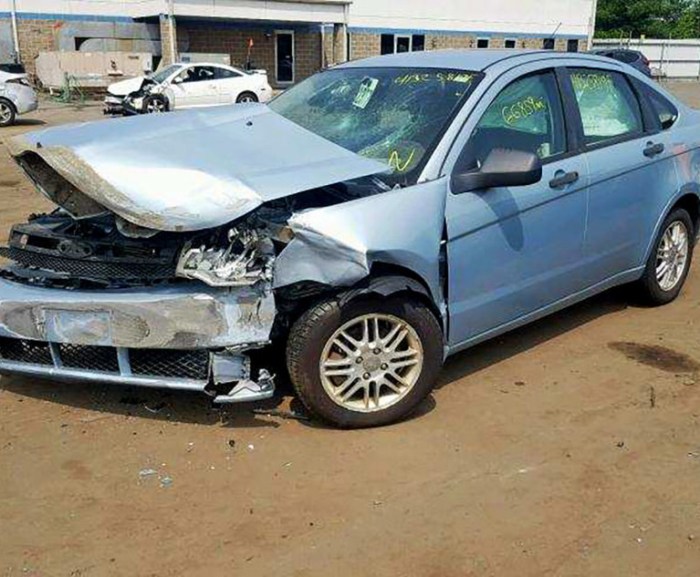When Linda suffered a broken hip, her life took an unexpected turn. This debilitating injury not only affected her physical mobility but also had a profound impact on her daily routine, emotional well-being, and relationships. This article delves into the circumstances surrounding Linda’s broken hip, the medical interventions and treatment she underwent, and the challenges and triumphs she faced during her recovery.
As we explore Linda’s journey, we will uncover valuable insights into the prevention and risk reduction of hip fractures, emphasizing the importance of bone health, muscle strength, and healthy lifestyle choices. Through Linda’s story, we aim to raise awareness and empower individuals to take proactive measures to safeguard their hip health.
Linda’s Broken Hip: Background

Linda, a 75-year-old woman, suffered a broken hip after a fall in her home. The fall was caused by a combination of factors, including slippery floors, poor lighting, and her underlying osteoporosis, which weakened her bones.
The severity of Linda’s injury was significant, resulting in a displaced fracture of her left hip joint. The injury caused her intense pain and severely limited her mobility, making it difficult for her to walk, stand, or sit without assistance.
Medical Intervention and Treatment
Linda underwent immediate medical attention, where she received pain medication and was stabilized. Surgery was performed to repair the fractured hip joint using a hip replacement procedure. The surgery involved removing the damaged bone and replacing it with artificial components to restore the hip’s function.
Following surgery, Linda was prescribed antibiotics to prevent infection and pain medication to manage her discomfort. Physical therapy was also initiated to help her regain mobility and strength in her hip and surrounding muscles.
Impact on Daily Life, When linda suffered a broken hip
Linda’s broken hip had a significant impact on her daily life. She faced challenges in performing basic tasks such as dressing, bathing, and cooking. Her mobility limitations made it difficult for her to participate in social activities and maintain her independence.
The injury also had an emotional and psychological impact on Linda. She experienced feelings of frustration, isolation, and loss of control due to her reduced mobility and dependence on others.
Support Systems and Caregiving
Linda received support from her family, friends, and healthcare professionals during her recovery. Her family members assisted with daily tasks, transportation, and emotional support.
Healthcare professionals, including nurses, physical therapists, and social workers, played a crucial role in providing medical care, rehabilitation, and emotional support to Linda. They worked closely with her to develop a comprehensive care plan and monitor her progress.
Prevention and Risk Reduction
To prevent hip fractures in older adults, it is essential to maintain bone health and muscle strength. Regular exercise, including weight-bearing exercises such as walking, dancing, or strength training, can help strengthen bones and muscles.
Adequate calcium and vitamin D intake is also crucial for bone health. Calcium can be obtained through dairy products, leafy green vegetables, and fortified foods. Vitamin D can be synthesized by the body through sunlight exposure or obtained from foods such as fatty fish, eggs, and fortified milk.
FAQ Summary: When Linda Suffered A Broken Hip
What caused Linda’s broken hip?
The circumstances leading to Linda’s broken hip are not specified in the provided Artikel.
How long did it take Linda to recover from her broken hip?
The duration of Linda’s recovery is not mentioned in the provided Artikel.
What type of support systems did Linda have during her recovery?
The Artikel mentions that Linda had support from family, friends, and healthcare professionals, but specific details are not provided.

